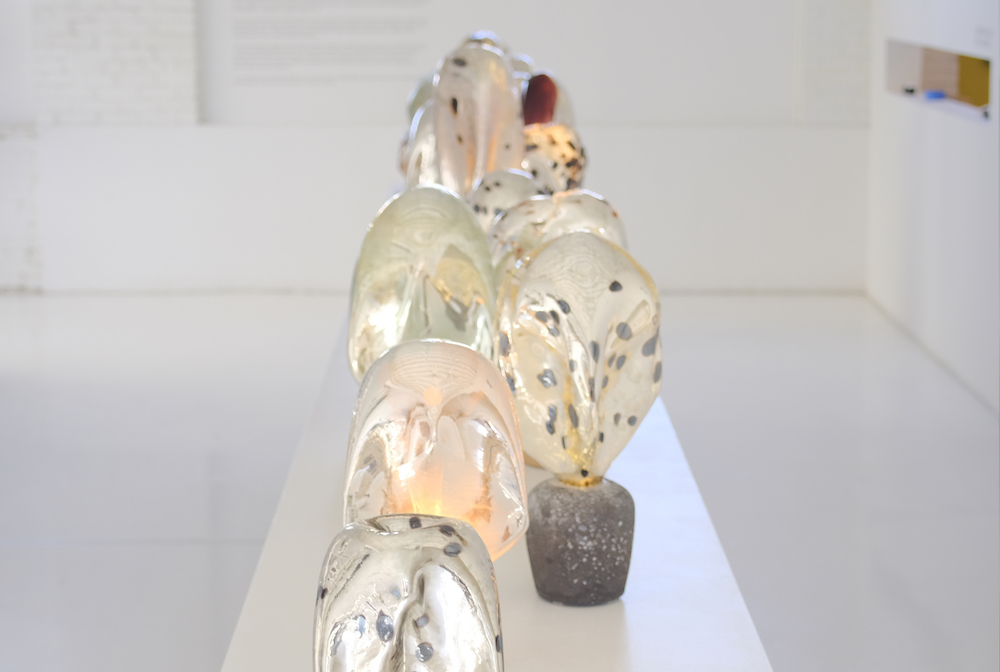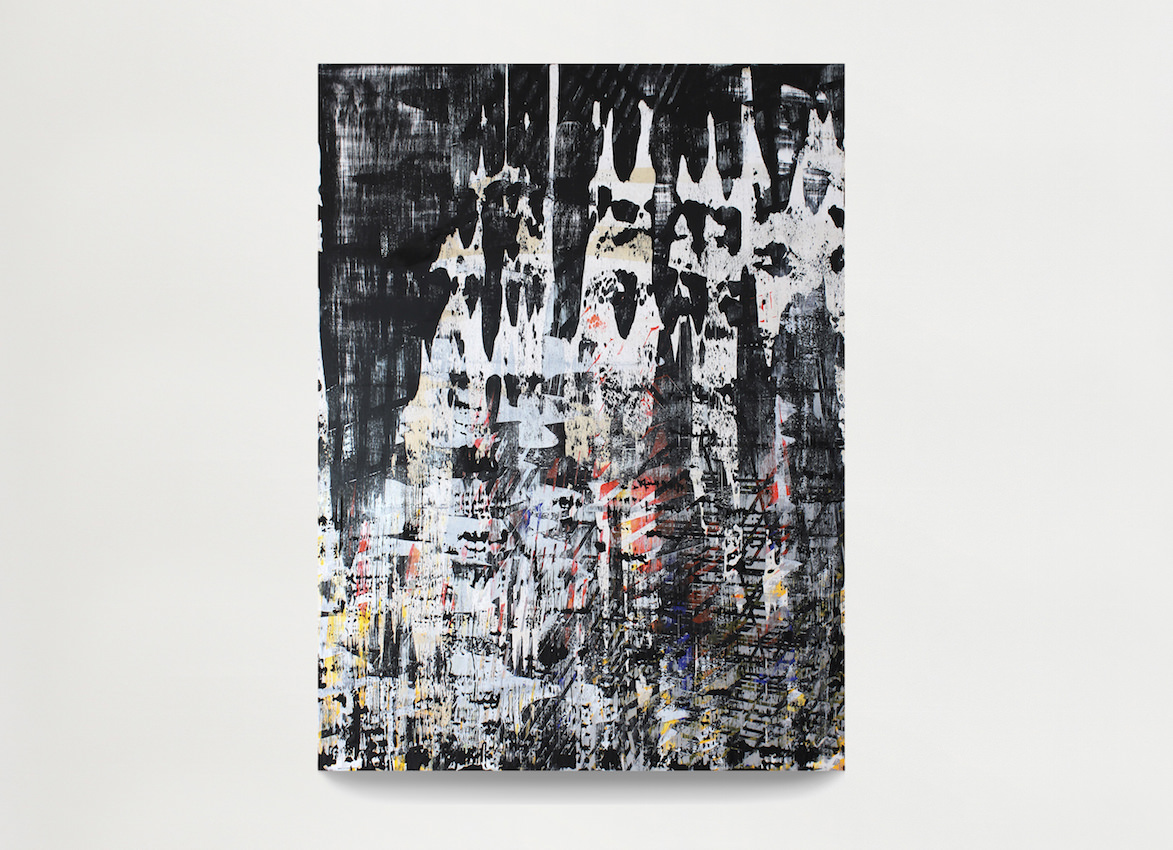The output of Sebastien Leon is prolific and vastly varies in medium. The Los Angeles–based artist attributes this to his education outside of art, and instead in business, which liberated him from seeing his artistic practice within a certain framework. He began his career in the early 2000s in New York with a curating agency, Formavision. Through commissions and collaborations between international brands and creators, Leon built a network of resources he’s now able to tap into for projects—be it music, furniture, painting, video, installation, and more.
Recent projects include a public sculpture in San Francisco for Lufthansa entitled Into the Clouds, the sound sculpture Diffracted Symphony commissioned by Soluna, and a series of rugs inspired by sound frequencies.
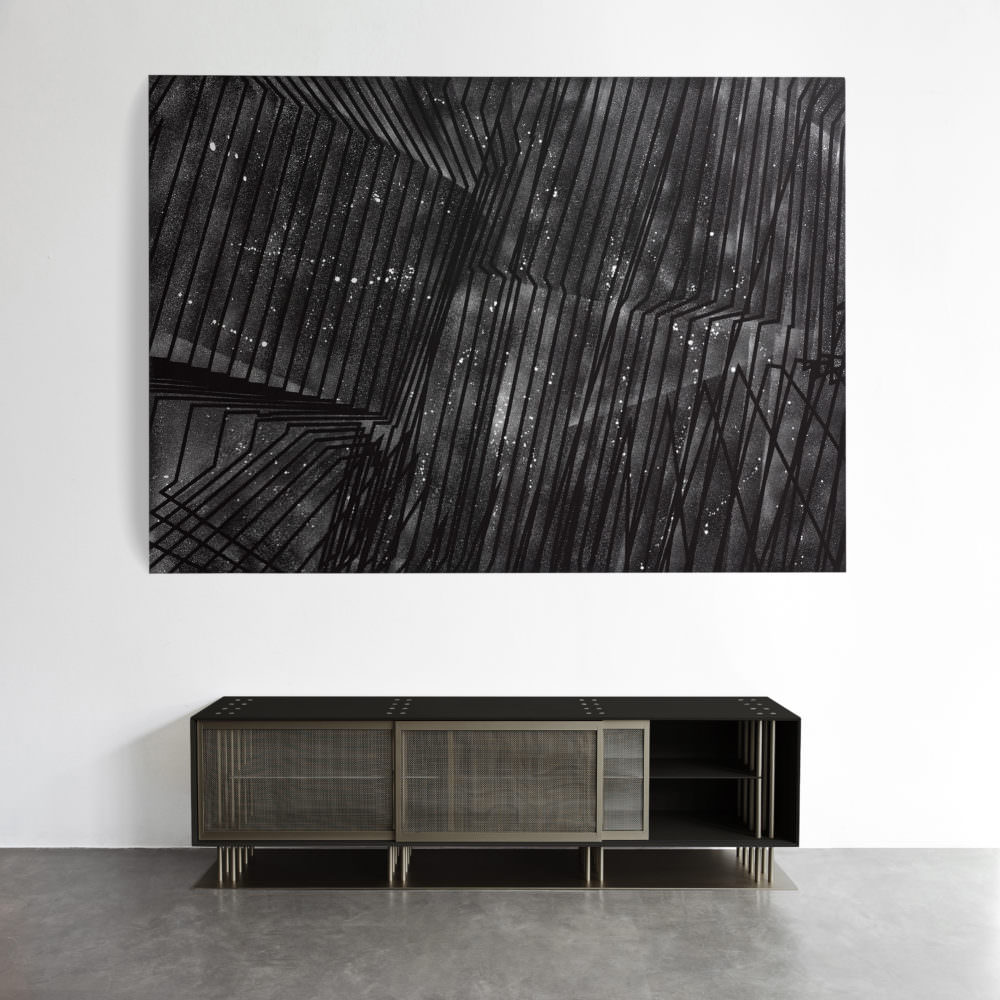
Courtesy of Sebastien Leon.
Lately, Leon has found himself researching the cosmos and diving into worlds of science fiction. He shared with Whitewall how those points of interest are influencing what he’s up to next.
WHITEWALL: Your practice is multidisciplinary, mixing art, design, sound, technology. What’s a typical starting point for you for any given project?
SEBASTIEN LEON: I don’t know if it’s because I’ve lived in Italy, but I seem to have always approached my practice in the spirit of a Tuscan Renaissance artist. Music, painting, sculpture, drawing, design, video, technology, and architecture are all complementary tools that I feel I need to use in order to execute my vision.
To me, the medium is always at the service of the concept that I want to explore, or of the commission I receive. I think that moving to Los Angeles might have reinforced my belief in the importance of interdisciplinary work, because this is ultimately a city of storytelling—through film, sets, performance, music, et cetera.
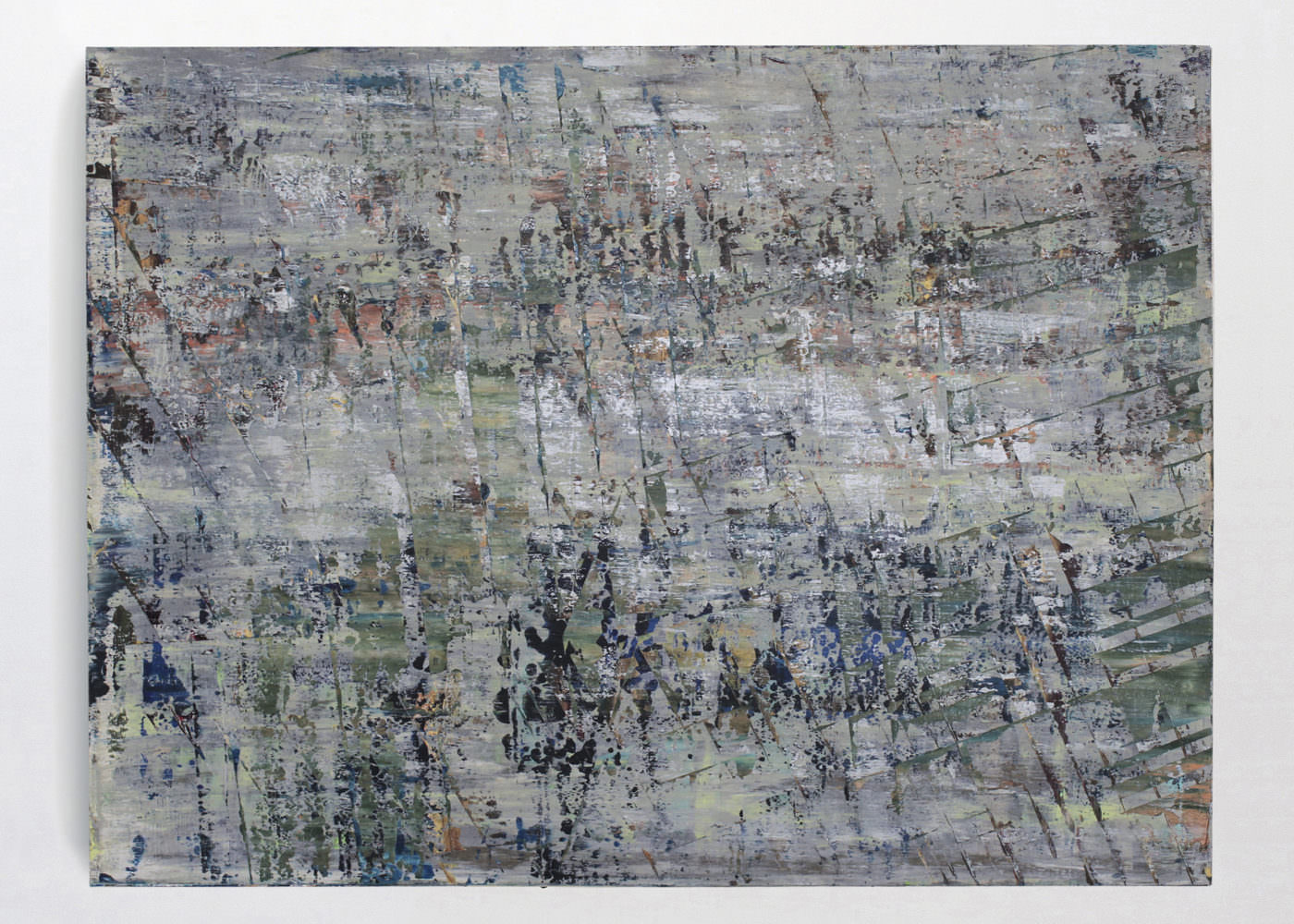
Courtesy of Sebastien Leon.
WW: You’ve recently debuted furniture with Atelier d’Amis inspired by insects, the “Bestiaire” collection. Can you tell us about your creation process for this collection?
SL: Atelier d’Amis is a furniture company I co-founded in New York three years ago as the designer. Now that Zoe and I have moved to the West Coast, our daily environment has tremendously changed. We live in the Hollywood Hills and are surrounded by nature, which sometimes really feels to me like a primordial garden. It is most inspiring: dragonflies, beetles, spiders, scorpions, crickets, butterflies all come visit. I find them all extremely beautiful, and their anatomy most functional and elegant. I love the contrast between their lightness and their abilities. So they naturally inspired a new collection.
WW: Can you tell us about the short-term science fiction concept album you’re working on?
SL: I recently started a band called RREALLITE, with my longtime musical collaborator Kaia Fischer, from the band Rainer Maria, and synth composer Lucola Bang. We have just finished recording our first album, called Lost Resort, the theme of which might be called short-term science fiction—I sing about the effects of rising sea levels, fracking, universal surveillance, plastic islands, et cetera. There are so many issues to address that one record is clearly not enough!
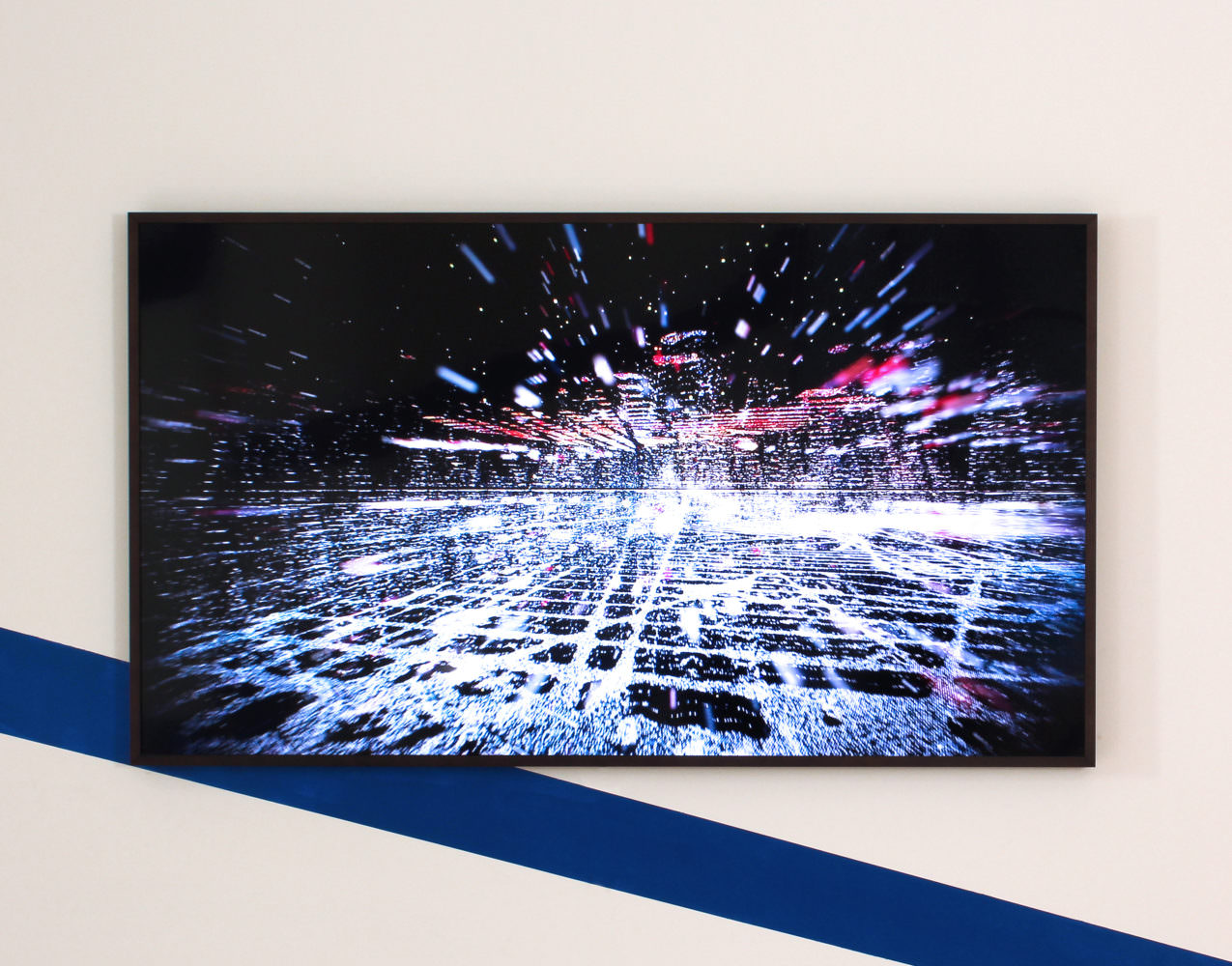
Courtesy of Sebastien Leon.
Our sound is definitely eighties pop, and we approach everything from a disillusioned and maybe at times cynical standpoint. Miami will probably be flooded in 50 years from now, so what? It will make for a great spot to visit on jet ski and post from on Instagram! Every time we are featured in videos, it’s through the use of face filters—like what one would find on Snapchat—as a way to escape and re-create a new reality.
WW: We heard you’re also working on a concerto to be delivered by drones. Please tell us more.
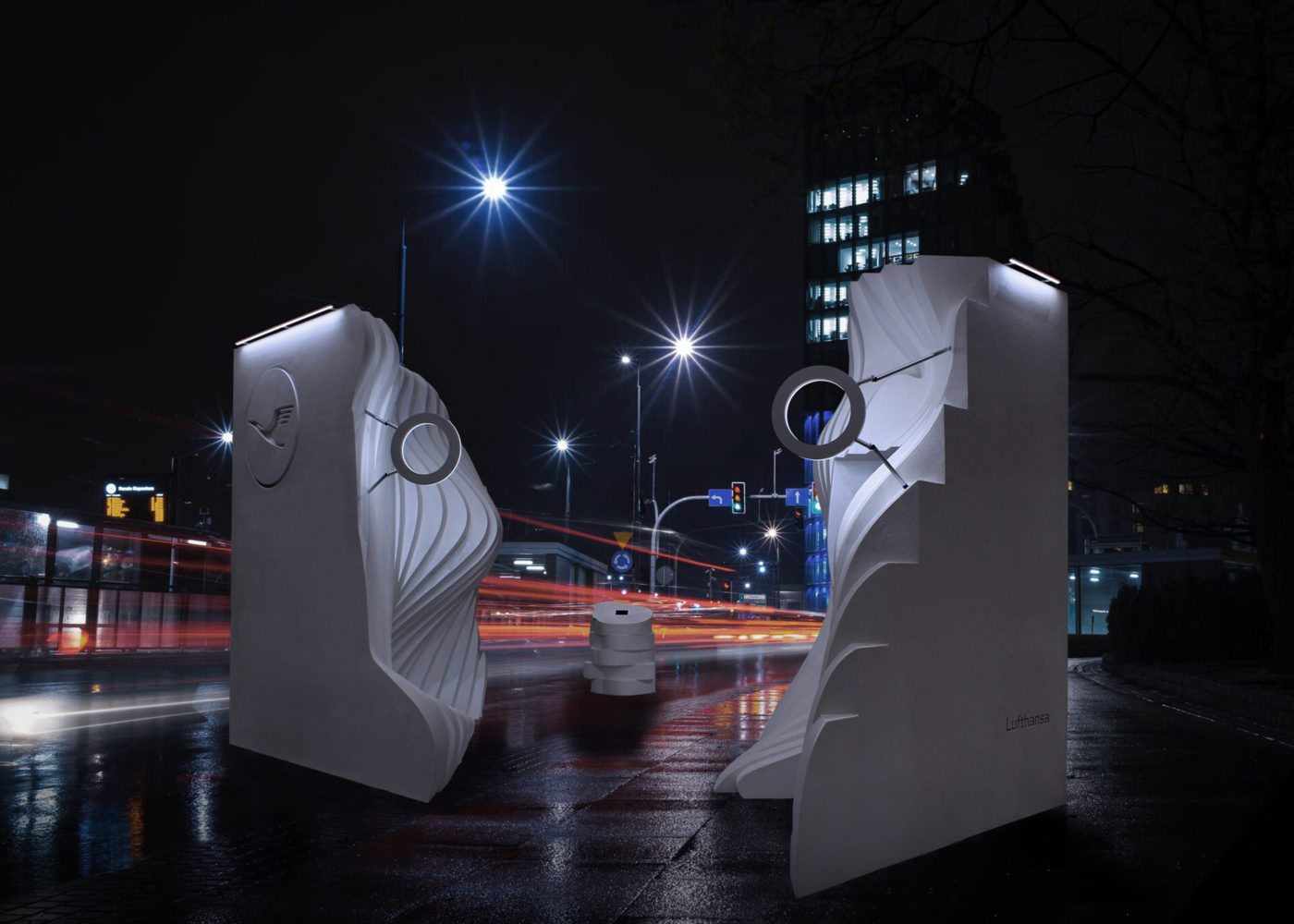
Courtesy of Sebastien Leon.
SL: A few years ago, I created a sound installation in a geodesic dome in Guangzhou, China, for which I suspended 12 speakers midair, and placed others on the ground. The floating speakers played birdsongs, while those on the ground played engine sounds. I loved the overall effect because a dome is a resonator, and listening to a sound piece in such a structure is very disorienting. Sometimes it feels like the sound is actually inside your head.
The drone project is in that vein, only this time instead of a geodesic dome, the resonator is a church. The drones will be programmed to travel throughout the nave, creating a kinetic rendition of a choir. What really interests me is to use a church for its acoustic quality, as a place to amplify a chant, and to bring it to life through movement.
WW: What role does new technology currently play in your practice?
SL: I started using architectural software early on to create sculptures, installations, and even the three-dimensional forms that I project onto my paintings. In my videos, I typically use scans of my paintings. I also use digital manufacturing processes such as CNC milling to build my sculptures. But I feel that all of this is almost old technology these days—it’s just the tip of the iceberg. What about augmented reality, robotics, artificial intelligence, or even social media? This is where it’s at!
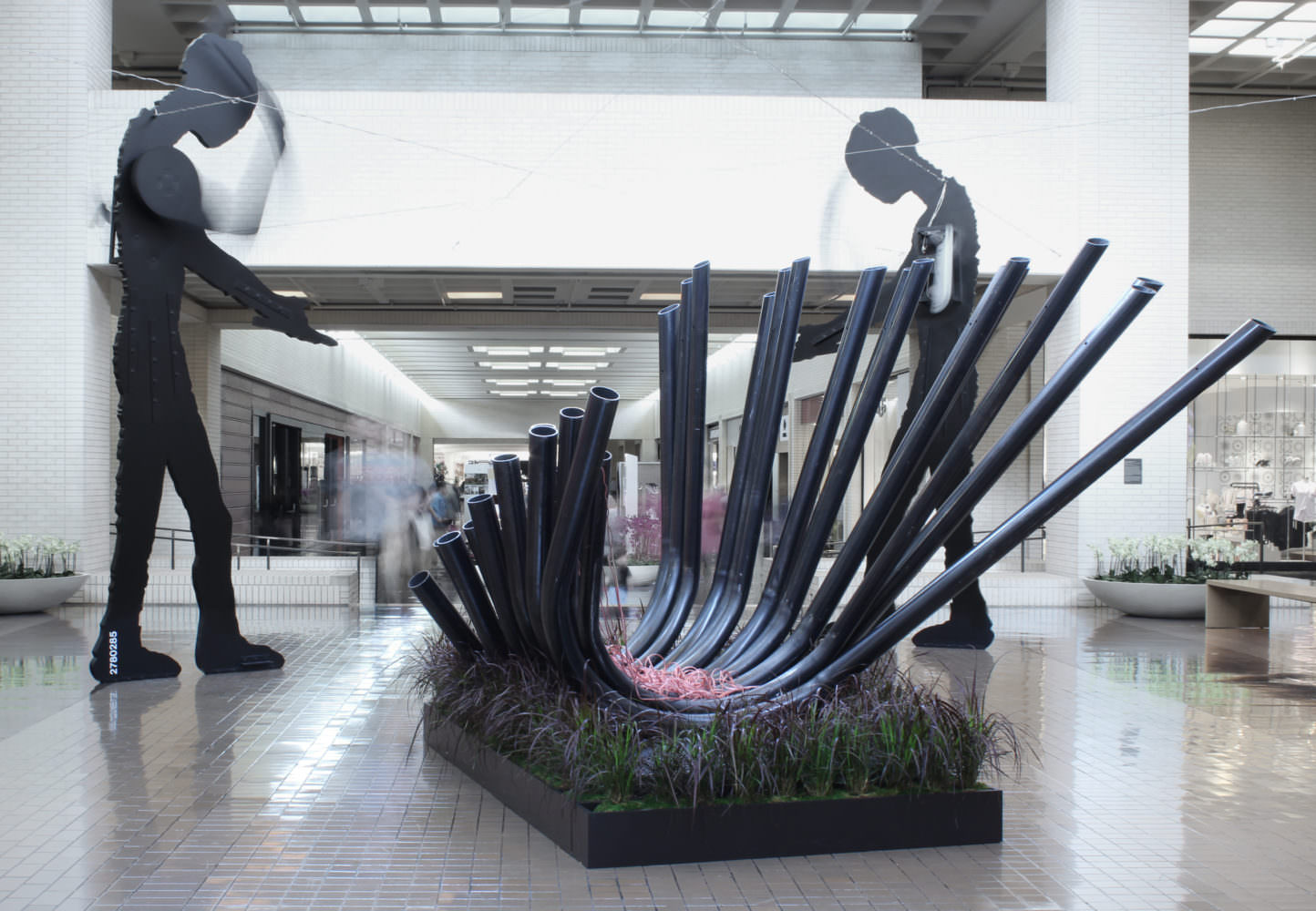
Diffracted Symphony
Courtesy of Sebastien Leon.
We are going so far in terms of scientific progress that it is both exhilarating and terrifying. I think that ultimately this tension is the crux of my work. I think a lot about where we come from and where we’re going, and I keep coming back to the vastness of space. Recently, I’ve been reading a lot about how the origin of life on earth may have originated in space, from organic matter like what’s found on some of the meteorites that have hit our planet. It seems like science fiction, but it’s also quite possible that the human race will end up in space, forced there in order to survive as a species.
We haven’t changed the way we live and consume, and governments worldwide don’t have any vision for another future than one motivated by economic growth. We have been depleting our resources at a formidable rate, are rapidly killing our ecosystems, and do not respect the fragile equilibrium of our planet. It really seems like our planet simply can’t sustain the way we live and grow, and that space is the next frontier.
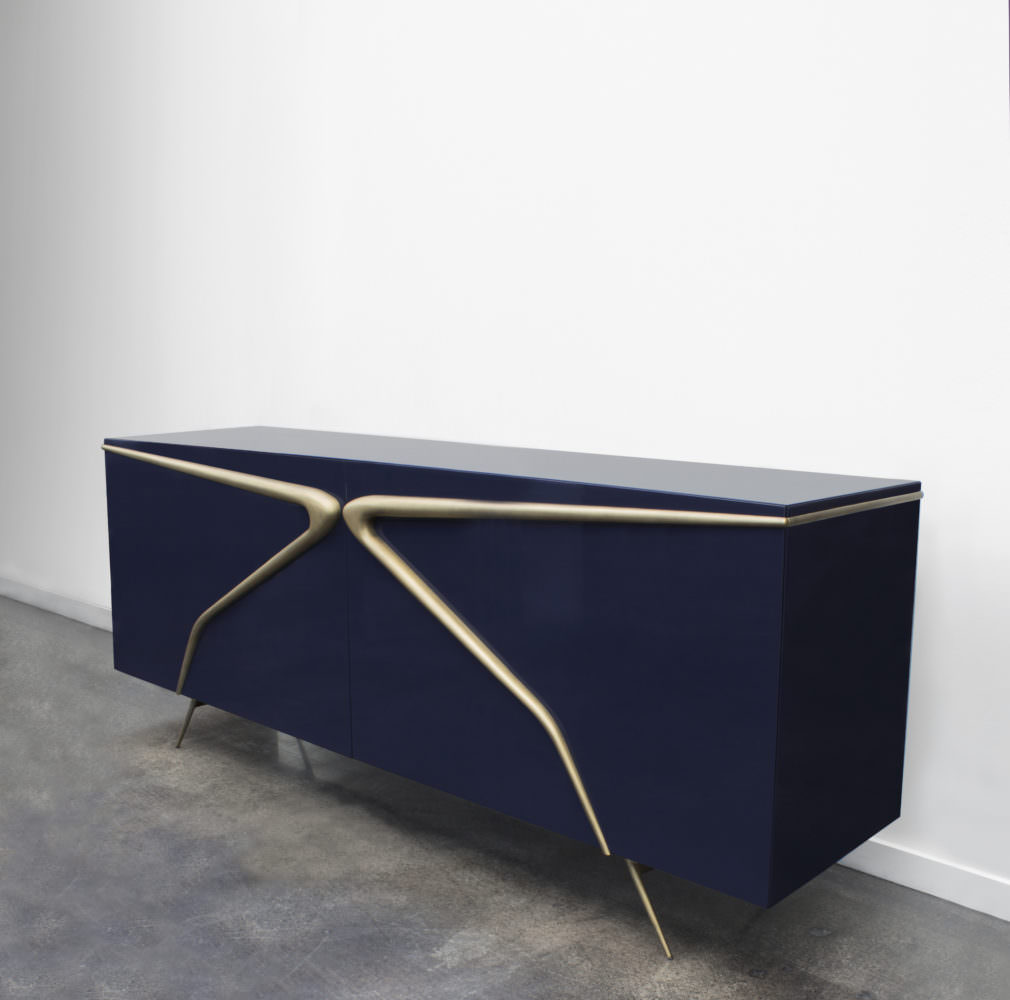
Courtesy of Sebastien Leon.
WW: Is that interest something we’ll see in your work?
SL: The iron and nickel alloys found in meteorites form the same geometric grids that I’ve used in my paintings. To me, this is the language of creation. My videos depict starry nights and visions from outer space, et cetera. I am drawn to outer space, because I see both our origins and our survival in it. There is such beauty in the geometric abstraction of physics and of certain chemical reactions.
For me, observing natural phenomena holds the key to comprehending the universe. When I see the effect of sound frequency going through water or sand, and how matter shapes up in complex geometric mandalas when traversed by specific frequencies, it is hard for me to not imagine a higher logic behind it, some sort of cosmic connection between mathematics and beauty.
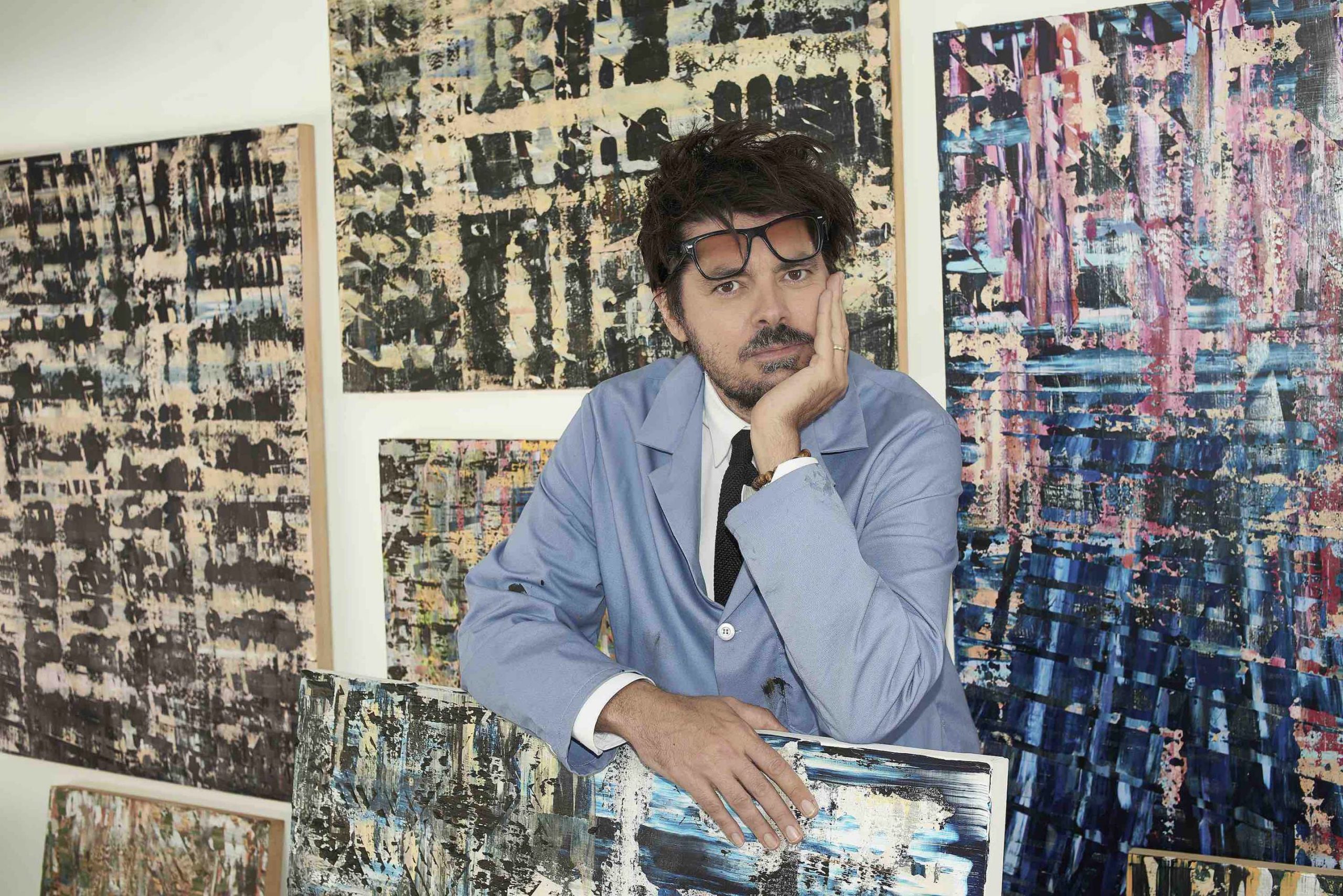
Portrait by Rudolf Bekker.




